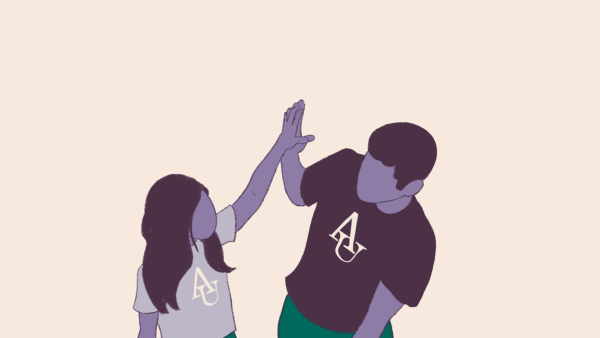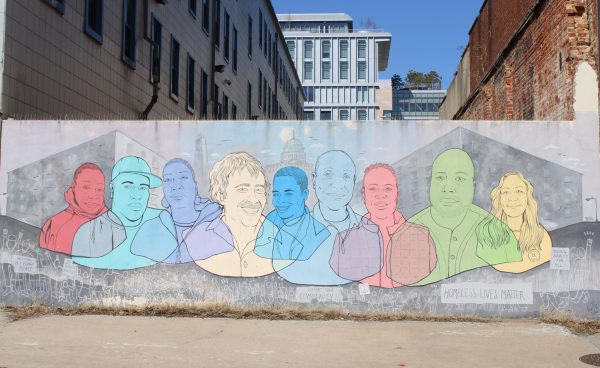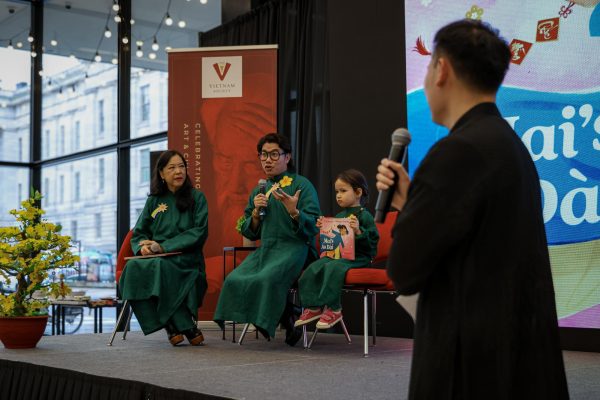Firearms Triggering Student Reaction: After Newtown
On my 16th birthday, I remember listening to a radio report about a mass shooting that killed 33 people on a university campus. Even now, I can still remember how I felt about the disturbing news, because at the time I was just beginning to make my own plans for college. A few weeks ago, I opened an email to the AU community from University Safety Programs titled “Active Shooter Preparedness,” which brought back the same frightening images of students cornered in classrooms I imagined after the Virginia Tech shooting, the deadliest in US history.
On December 14, 2012, my colleague at the Brady Center to Prevent Gun Violence stuck his head in my office and asked if I’d heard the news from Connecticut: there was a reported shooting at an elementary school. The horror our office and the whole country shared after learning that the victims were 20 five- and six-year-olds along with six educators was heart-stopping. When that news broke, I was updating the Brady Center’s list of school shootings in America.
***
Most Americans are waking up to the presence of gun violence in our society only after mass shootings like Virginia Tech and Sandy Hook take their toll. The daily presence of gun violence in many communities across the country is no less damaging or distressing though. Duke University professor of public policy and political science Kristin Goss estimates that one in three Americans have been touched by gun violence in some way in Disarmed: The Missing Movement for Gun Control in America .
For high school students in Maryland’s Prince George’s county, this academic year has been especially deadly: eight teenagers have been killed by gun violence in the area, sending waves of disbelief through the community. The Root blogger Sonsyrea Tate Montgomery wrote that the violence was like “slow torture” for the county. When the murders of teenagers are random, unrelated and occur despite a decrease in other types of crime, the frustration of survivors in the community toward the inaction of county leaders is palpable.
In February, after the deaths of two 18-year-old boys in the same shooting, county officials organized an FBI-supported investigative response, called the Violent Crimes and Safe Streets Task Force. Although its written goal is to better understand and combat violent gangs on an institutional level, police are also increasing efforts to foster good community relations. Involvement of law enforcement officials with the anti-violence efforts of other advocacy groups will, they hope, be a more collaborative approach to fostering a safer community environment.
***
Increased awareness of the complicated issues tied up with gun violence is essential in decreasing it. American University professor Jennifer Lawless and Richard Fox of Loyola Marymount University surveyed over 4000 high school and college students about their attitudes toward future gun ownership. Results indicated that roughly 40 percent of those students plan to own a firearm when they live independently. Another 20 percent said they would consider owning one.
If the number of young Americans affected by some type of gun violence is high and the rate of intended gun ownership is too, why isn’t there greater participation among our generation in the current national debate surrounding increased gun control?
Dr. Beatrix Siman-Zakhari, director of AU’s Washington Semester Justice & Law Program, believes the mass shooting in Newtown, CT compelled her students–-many of whom are not US citizens–-to become increasingly aware of guns in US society.
“Whether about gun violence surrounding celebrities like [Paralympic and Olympic runner Oscar] Pistorius in South Africa or kids killed on school grounds in DC, students can’t avoid or ignore this issue,” she said.
***
Setting aside differences in population size, federal laws, and attitudes toward gun ownership between the US and other countries, the main feature characterizing the national gun landscape is the disturbing lack of regulation around gun industry activities.
The gun industry–meaning manufacturers, dealers and the lobbying-giant National Rifle Association–is highly protected from being held liable for damages incurred by firearms it produces, which is part of the reason Americans unaffected by gun violence have remained unaware of its consequences. Only recently and sporadically have lawsuits brought against firearms manufacturers by individual victims or their families been successful.
What can be done to encourage further accountability for those who produce, distribute and sell guns, and more responsible gun ownership practices among the estimated 60 million Americans who own guns?
“Our country has run into a serious problem with the caliber and magnitude of weapons that private citizens have access to,” AU senior and Justice major JB Budd said. “I one day intend to own a handgun, but I also expect to have to go through an intensive process to become eligible for gun ownership.”
Such a process–-applied nationally and coordinated between local and federal agencies–-does not exist yet. Outraged cries from the small minority of Americans concerned about 2nd Amendment rights currently drown out the voices of Americans who want to see action taken to reduce gun violence.
The problem is that those who want to see more regulation and less gun violence lack the money and influence to effect real change. Or at least they did before now. After the tragic shooting at Newtown though, the national consciousness surrounding guns has shifted, causing outrage among many who would otherwise be apathetic or uninvolved in the national gun debate. While this has given the gun control movement momentum, it will take people dedicated to the cause to continue to pressure our representatives to enact change. It will take conscientious prospective gun owners like Budd to force a shift from within the gun ownership culture. It will take young people who don’t intend to own a gun to speak out against our daily routines being interrupted by gun violence. And it will take community leaders and elected officials to act in the name of increased public safety for everyone.
Illustration by Max Gibbons












